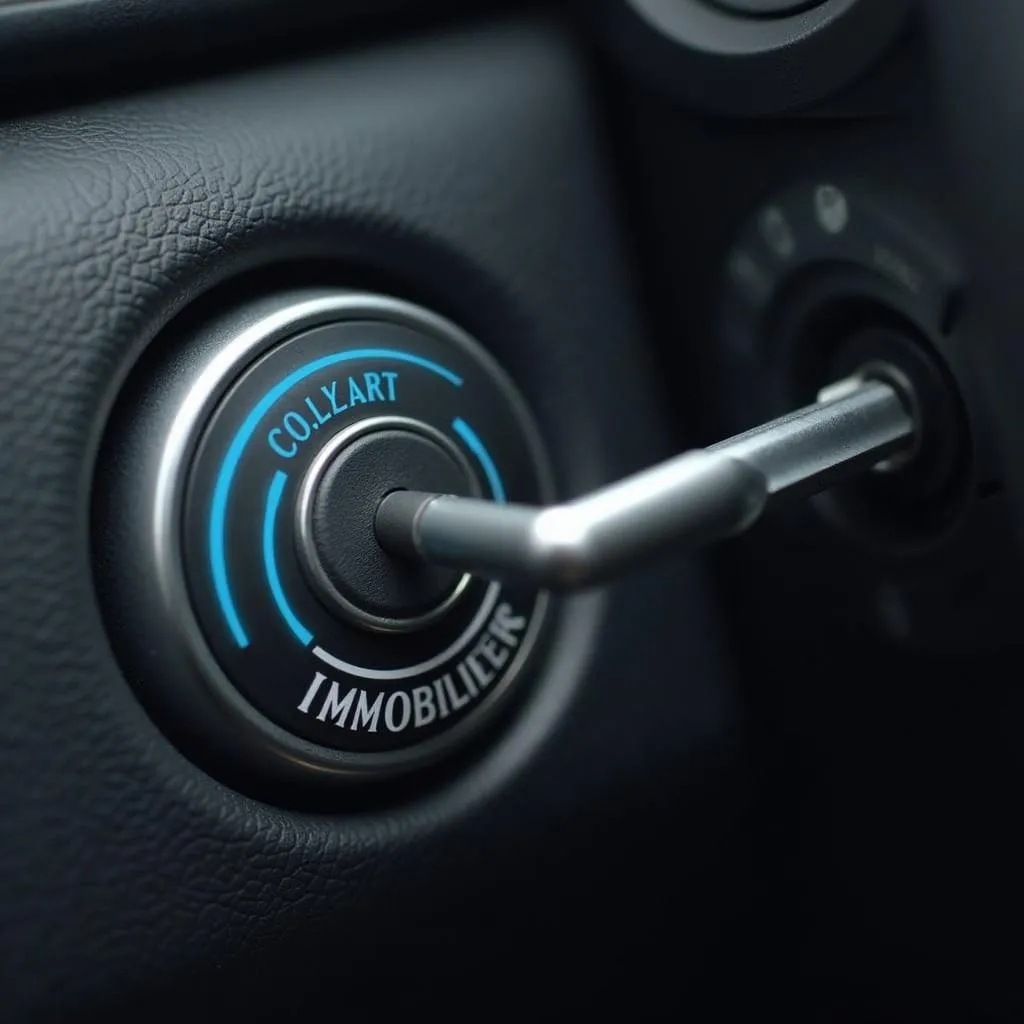Experiencing increased battery discharge in your Mini Cooper? This can be a frustrating issue, leaving you stranded or constantly worried about your car starting. Don’t worry, we’ll guide you through the common causes and solutions for this problem, empowering you to get back on the road with confidence.
Understanding Why Your Mini Cooper Battery Drains Fast
Several factors can contribute to increased battery discharge in a Mini Cooper. Identifying the root cause is crucial for implementing the right fix. Is it a faulty component, a software glitch, or simply a habit you need to change? Let’s explore the possibilities.
Common Culprits Behind Increased Battery Drain
- Parasitic Draw: Even when your Mini is off, certain components continue to draw power, like the clock, radio memory, and security system. A faulty component or wiring issue can lead to excessive parasitic draw, draining your battery overnight.
- Failing Battery: A battery’s lifespan is typically 3-5 years. As it ages, its capacity to hold a charge diminishes, leading to quicker discharge. Cold weather can exacerbate this issue.
- Charging System Issues: The alternator is responsible for recharging the battery while the engine is running. A malfunctioning alternator won’t effectively charge the battery, eventually leading to a dead battery.
- Software Glitches: Modern Mini Coopers rely heavily on software. Occasionally, a software bug can cause increased battery drain. Updating the car’s software can often resolve these issues.
- Driving Habits: Short, frequent trips, especially in cold weather, prevent the battery from fully recharging. Excessive use of accessories like heated seats and the radio can also contribute to battery drain.
Diagnosing the Problem: A Step-by-Step Guide
- Check the Battery Terminals: Ensure the terminals are clean and securely connected. Corrosion can hinder the flow of electricity.
- Test the Battery Voltage: Use a multimeter to check the battery’s voltage. A fully charged battery should read around 12.6 volts.
- Perform a Parasitic Draw Test: With the car off and all accessories turned off, connect a multimeter in series with the negative battery cable. A reading of over 50 milliamps indicates a potential parasitic draw.
- Inspect the Alternator: Check the alternator belt for wear and tear. Have the alternator’s output tested to ensure it’s charging properly.
- Check for Software Updates: Consult your Mini dealer or check online resources to see if any software updates are available for your car’s systems.
 Mini Cooper Parasitic Draw Test
Mini Cooper Parasitic Draw Test
Solutions for Increased Battery Discharge
Addressing increased battery discharge involves fixing the underlying cause. Here are some potential solutions:
- Clean or Replace Battery Terminals: Clean corroded terminals with a wire brush and baking soda solution. Replace damaged terminals.
- Replace the Battery: If the battery is old or failing, replacement is the best option.
- Repair or Replace the Alternator: A faulty alternator needs to be repaired or replaced to ensure proper battery charging.
- Update Car Software: Installing the latest software updates can often resolve software-related battery drain issues.
- Modify Driving Habits: Avoid short trips when possible and limit the use of power-hungry accessories.
“A common mistake people make is ignoring early signs of battery problems,” says Johnathan Davies, Senior Automotive Electrical Engineer at Elite Auto Diagnostics. “Addressing the issue promptly can save you time, money, and the frustration of a dead battery.”
Remote Diagnostics and Software Solutions
Remote diagnostics and software solutions are becoming increasingly prevalent in the automotive industry. Specialized software can identify and fix software-related issues remotely, saving you a trip to the dealership.
“Remote diagnostics allow us to quickly pinpoint software glitches contributing to increased battery discharge,” adds Mr. Davies. “This technology is revolutionizing how we diagnose and resolve car problems.”
Conclusion
Increased battery discharge in a Mini Cooper can stem from various causes, from a simple loose connection to a more complex software issue. By following the diagnostic steps and solutions outlined in this guide, you can effectively address the problem and keep your Mini running smoothly. Don’t let a dead battery ruin your day – take proactive steps to maintain your Mini Cooper’s electrical system.
FAQ
-
How long does a Mini Cooper battery last? Typically, a Mini Cooper battery lasts between 3-5 years.
-
What are the signs of a bad alternator? Dim headlights, flickering interior lights, and difficulty starting the car are common signs of a bad alternator.
-
Can I jump-start my Mini Cooper? Yes, you can jump-start a Mini Cooper using jumper cables and another vehicle or a portable jump starter.
-
How can I prevent increased battery discharge? Avoid short trips, limit accessory use, and ensure regular battery maintenance.
-
What is a parasitic draw test? It’s a test used to detect excessive current draw when the car is off, which can drain the battery.
-
Should I disconnect my battery if I’m not driving my Mini Cooper for an extended period? Disconnecting the negative battery terminal can prevent battery drain during long periods of non-use.
-
Where can I find reliable information about Mini Cooper battery problems? Consult your Mini Cooper owner’s manual, reputable online forums, or contact a qualified Mini Cooper technician.



